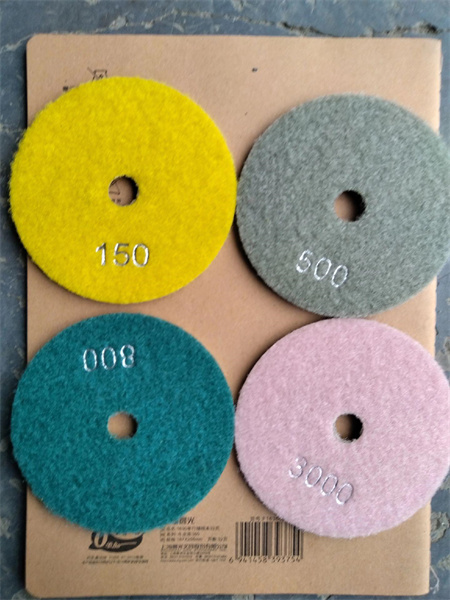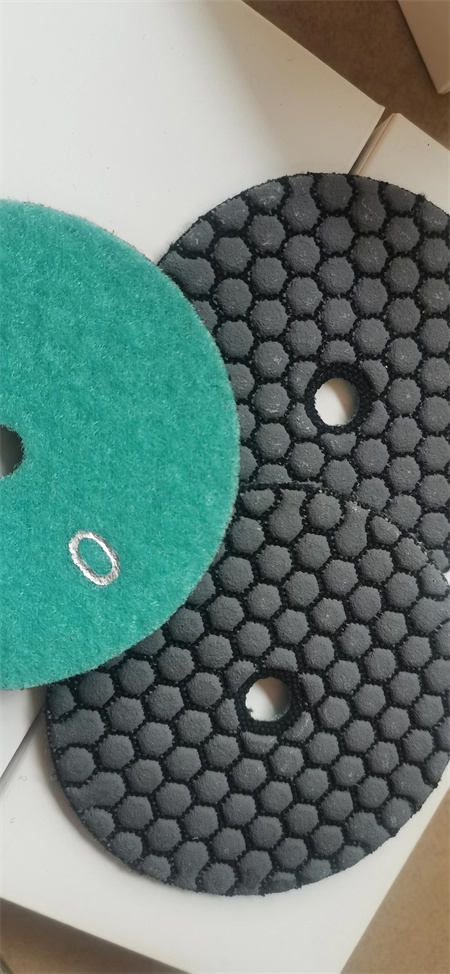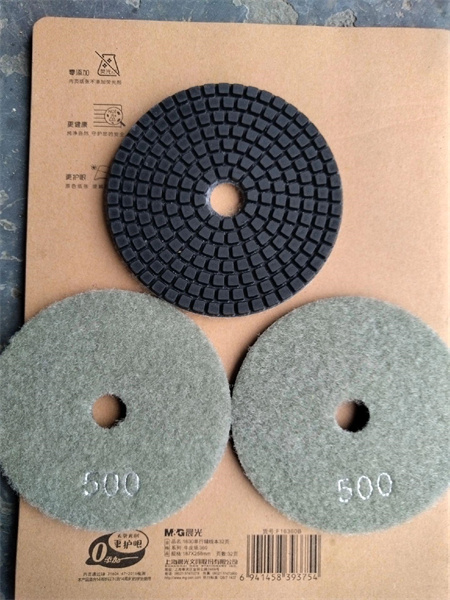Using Diamond Pads for Polishing Museum Stone Exhibits
Museum stone exhibits are a fascinating blend of history, culture, and craftsmanship. They tell stories through the ages, showcasing the artistry and engineering prowess of civilizations long past. But as time passes, even the most durable stone surfaces can begin to show signs of wear—dullness, scratches, and fading luster. This is where diamond pads come into play. These incredible tools offer an efficient and effective solution for preserving the pristine beauty of museum artifacts and exhibits.
Stone polishing, especially in the context of valuable and ancient museum pieces, requires more than just elbow grease. The challenge is to restore the natural shine of stone without causing damage. Whether it’s marble, limestone, granite, or other types of stone, diamond pads have become an indispensable part of the restoration process.


The key to a successful restoration job lies in selecting the right grit of diamond pad. These pads come in different grits, ranging from coarse to fine. Coarse pads are useful for removing deeper scratches and stains, while finer pads are perfect for polishing and achieving a glossy finish. For museum-quality exhibits, the finer grits are typically preferred, as they ensure a smooth and polished surface that maintains the authenticity and character of the stone.
What sets diamond pads apart from other polishing methods is their ability to deliver a high-quality finish without the need for harsh chemicals or additional products. Some traditional polishing techniques rely on abrasive powders or polishes that may contain unwanted residues. These substances can sometimes damage the stone over time or leave marks that detract from the piece’s overall appearance. Diamond pads, however, work without introducing any foreign substances. The only materials involved in the polishing process are the diamonds themselves, making them safe for even the most fragile historical artifacts.
In addition to their efficiency, diamond pads are known for their durability. Stone restoration can be a time-consuming and repetitive task, and having tools that last is crucial for museum professionals. Diamond pads, with their sturdy construction, can endure long hours of use without losing their effectiveness. This makes them a cost-effective solution in the long run, as they don’t need to be replaced frequently.
For museum staff and conservators, the benefits of diamond pads extend beyond the quality of the finish. The ease of use is another key advantage. Many diamond pads are designed to be used with standard polishing machines, which makes the process much faster and less labor-intensive compared to manual polishing methods. The flexibility of these pads also allows them to conform to the shape of the stone, whether it’s a flat surface or a more complex, rounded feature. This ensures that no area is left untreated, giving the entire exhibit a consistent and uniform shine.

In conclusion, diamond pads have proven to be an invaluable tool for museum conservators working with stone exhibits. They offer a delicate, effective, and efficient method for restoring and maintaining the beauty of these cherished artifacts. With their ability to deliver a high-quality finish without the need for harsh chemicals, their durability, and their versatility, diamond pads are a must-have for any museum or restoration project focused on stone preservation.